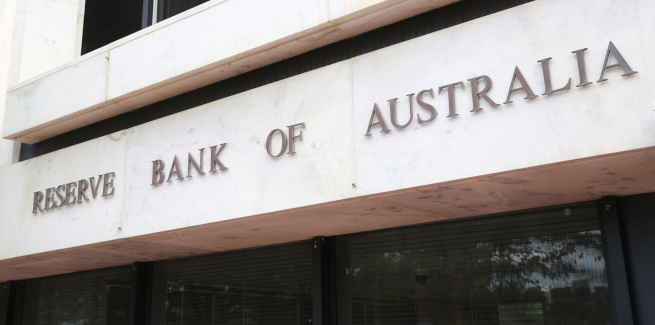The Reserve Bank of Australia (RBA) has released minutes from its emergency monetary policy board meeting on 19 March, in which it cut the cash rate to a historic low of 0.25 per cent, effectively commenced quantitative easing (QE) and launched a $90 billion term funding facility (TFF) to maintain the flow of credit to SMEs.
In its minutes, the RBA noted the drastic shift in the trajectory of the Australian economy in reaction to the COVID-19 outbreak.
Members revealed that they’re expecting economic conditions to significantly deteriorate over the coming months.
“While it was not possible to provide an updated set of forecasts for the economy given the fluidity of the situation, it was likely that Australia would experience a very material contraction in economic activity, which would spread across the March and June quarters and potentially longer,” members noted.
Members added that the extent of the downturn would depend on the nature of social distancing directives from government authorities.
Nonetheless, the RBA said it is anticipating “significant job losses” in the months before containment of the virus triggers a recovery.
As a result, the RBA noted that the cash rate would remain low for a prolonged period of time.
“Members supported the proposal and agreed that the cash rate would not be increased from its lower level until progress is made towards full employment and there is confidence that inflation will be sustainably within the 2-3 per cent target range,” the RBA noted.
“Given this, it was considered likely that the cash rate would remain at a very low level for an extended period.”
However, the central bank ruled out further cuts to the cash rate as a means to curbing the economic impact of the outbreak.
“Members also agreed that the cash rate was now at its effective lower bound,” the RBA stated.
“Members had no appetite for negative interest rates in Australia.”
The RBA has previously questioned the utility of negative interest rates, with governor Philip Lowe flagging risks associated with negative interest rates that could curtail plans to stimulate the economy.
“[Having] examined the international evidence, it is not clear that the experience with negative interest rates has been a success,” Mr Lowe told attendees of the Australian Business Economists Dinner in November.
“While negative rates have put downward pressure on exchange rates and long-term bond yields, they have come with other effects too.
“It has become increasingly apparent that negative rates create strains in parts of the banking system that can impair the ability of some banks to provide credit. Negative interest rates also create problems for pension funds that need to fund long-term liabilities.”
The governor said that negative interest rates could also encourage households to save more and spend less, particularly if they are concerned about the possibility of lower income in retirement, and by extension, dampen confidence in the general economy by leading to a situation where lower rates become “contractionary rather than expansionary” (reversal rate).
Despite ruling out negative interest rates, the RBA has committed to providing the banking sector with liquidity boosts through repurchase (repo) transactions on the overnight money market, in addition to operating its TFF and purchasing government bonds in the secondary market.
[Related: Wage subsidy to ease mortgage stress, ‘minimise’ defaults]
 ;
;

Comments (0)